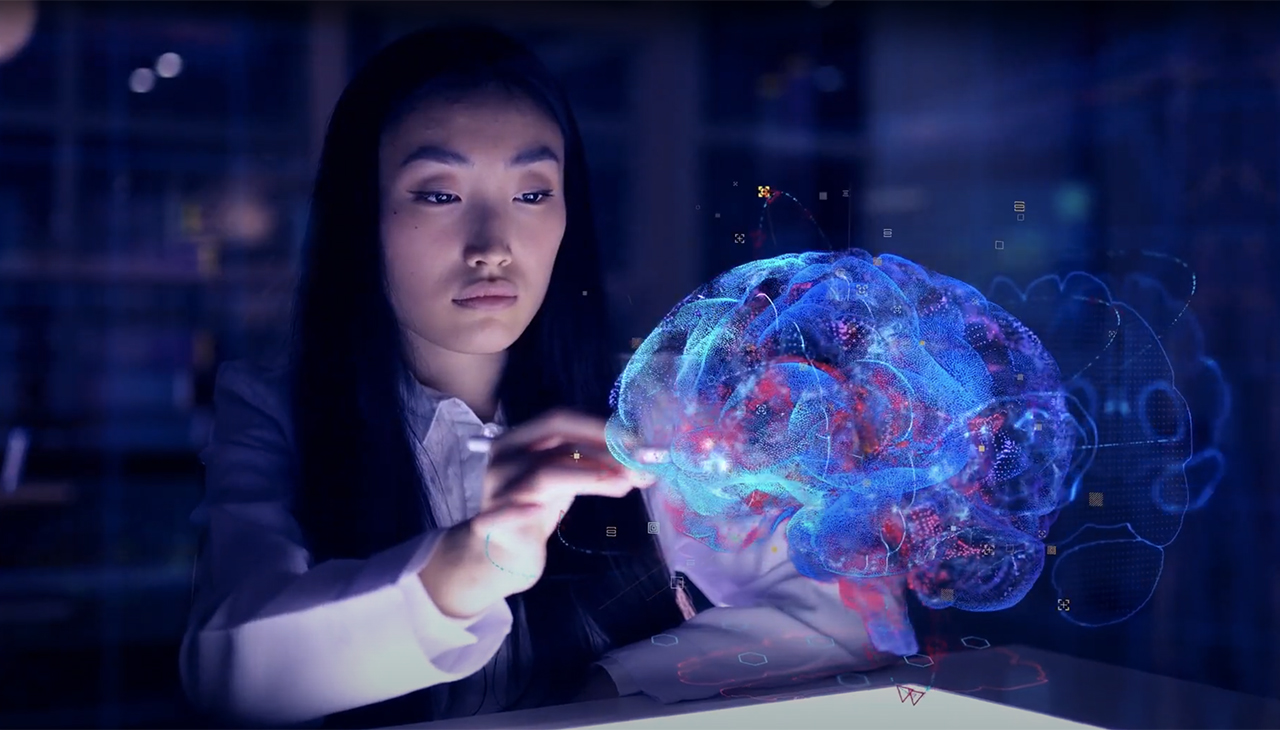Wheels, steam engines, and light bulbs
I believe that generative AI is the greatest technological disruption of our lifetimes. It is our wheel. Our steam engine. Our light bulb. It’s advancing so fast that GPT-4’s jaw-dropping capability will seem primitive in months, not years. And this mega disruption is happening amid great geopolitical volatility.
It’s never been more important for the C-suite to manage change well, and many leaders haven’t had to do it at such speed, scale, or with such consequence. But I encourage leaders to be bold. Audacious even. It’s essential to finding the most impactful way to use AI. That’s why it’s time to ask a critical question: How do we use generative AI now that we have it?
Hype, hope, and big contradictions
Today’s generative AI technology builds on decades of natural language processing and machine learning research and innovation. But history will look back on November 2022 as a milestone moment in the story2. It’s when OpenAI put a natural language processing chatbot into the hands of anyone with internet connectivity.
The pace of adoption was unprecedented. ChatGPT had 1 million users 5 days after its launch. It took Instagram 5 months, Facebook 10 months, Twitter 2 years, and Netflix 3.5 years to reach this threshold3. The irony? ChatGPT couldn’t report on its own incredible feat. The model’s knowledge cut off in September 2021.
The generative AI arms race among big tech companies and a sea of smaller disruptors has since gone into overdrive. Generative AI is the talk of popular media and tech luminaries. Bill Gates called it “the most important technology since the graphical user interface.”4 Google’s CEO Sundar Pichai told 60 Minutes that it “is more profound than the invention of fire or electricity.” At the same time, the “godfather of AI” Geoffrey Hinton left Google concerned that about the consequences of letting Pandora out of the box5.
An extraordinary new power source
The C-suite wants clarity amid contradictions like these. They want to know if they’re watching yet another hype cycle that will fizzle out, or something profoundly different. They want to understand the existential impact that generative AI could have on their business. And they want insights into what it means for their existing technology and talent investments. Yet there aren’t definitive answers.
Think of generative AI as a new power source. It’s intellectual electricity that will change how we analyze information and develop insights from data. Like any power source, the value isn’t in the power itself. It’s in how it’s applied.
Like new power sources fueled the industrial revolutions, generative AI will fuel an intelligence revolution. One with exponential impact. But there’s a catch. Physicist Albert Bartlett argues that “Humans’ greatest shortcoming is the inability to understand the exponential function.” If you believe Bartlett, living through exponential change as we are today is essentially living through change that our brains can’t comprehend.
Generative AI is pushing leaders to look at all aspects of their business differently—industry dynamics, business models, operating models, competitors, and talent. It’s forcing them to make consequential decisions despite significant uncertainty. There’s one thing that the C-suite can be certain of: generative AI’s extraordinary power comes from what humans bring to it, from human-machine collaboration. And the promise is in how generative AI will augment the workforce.




